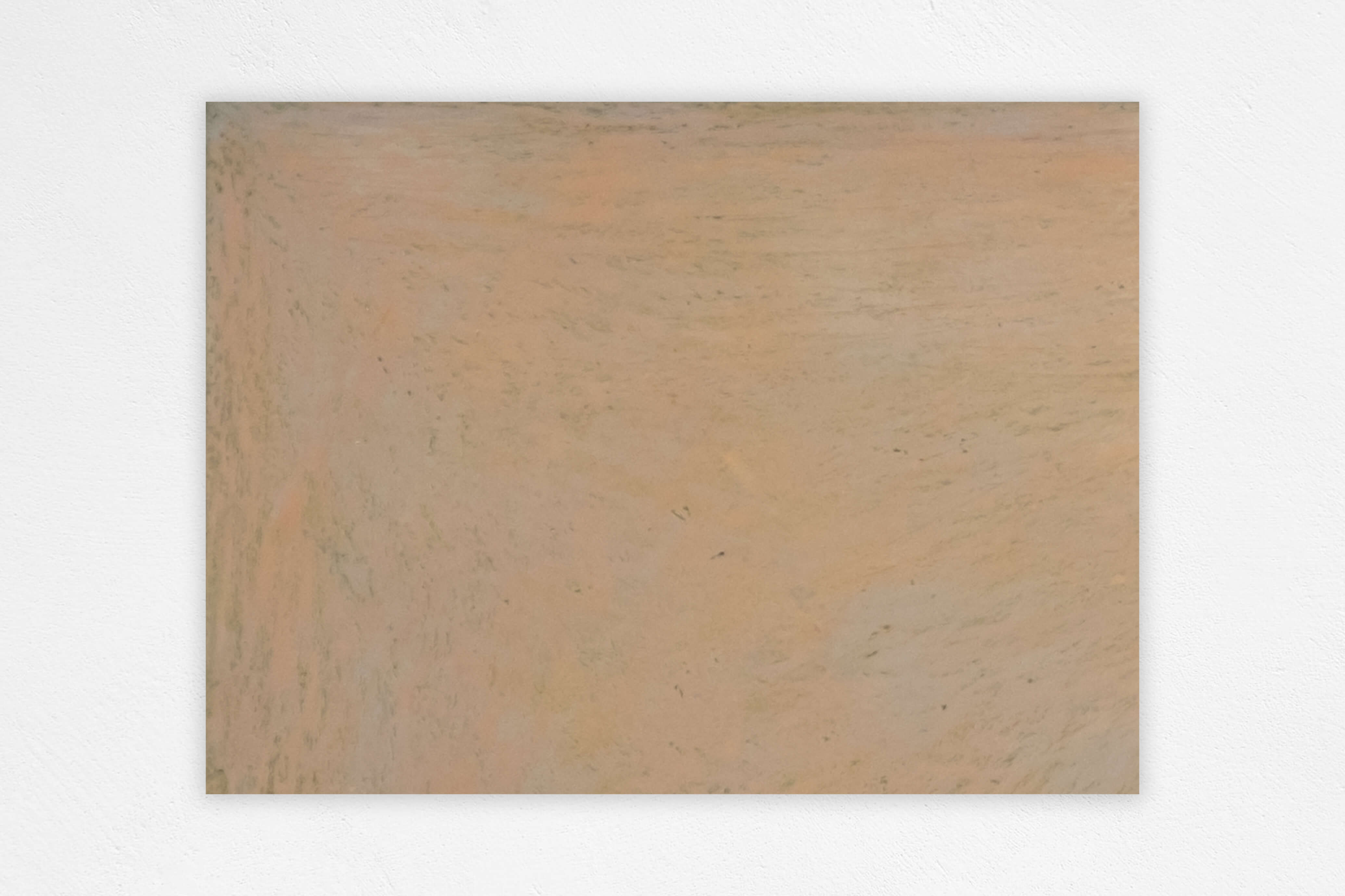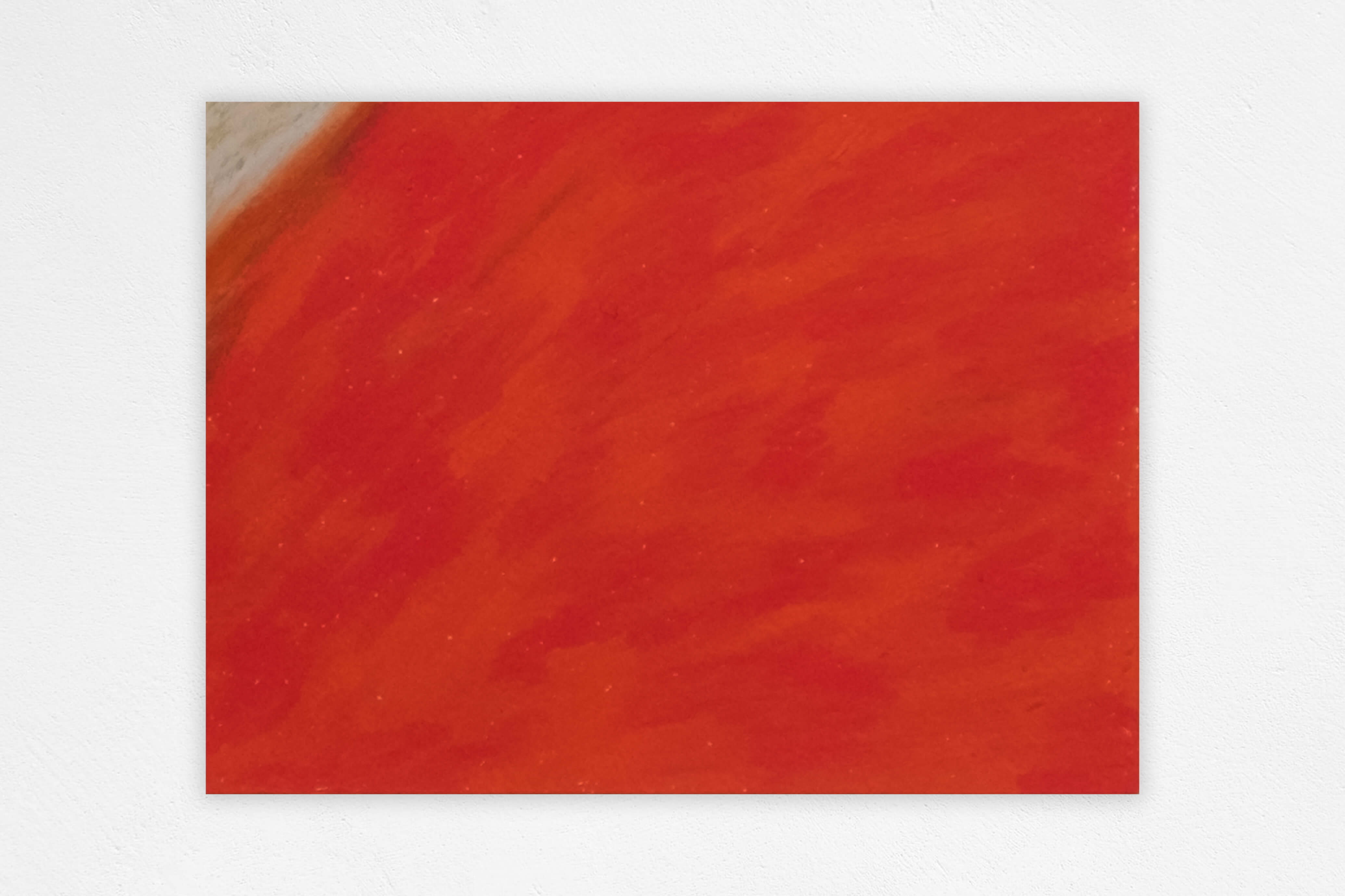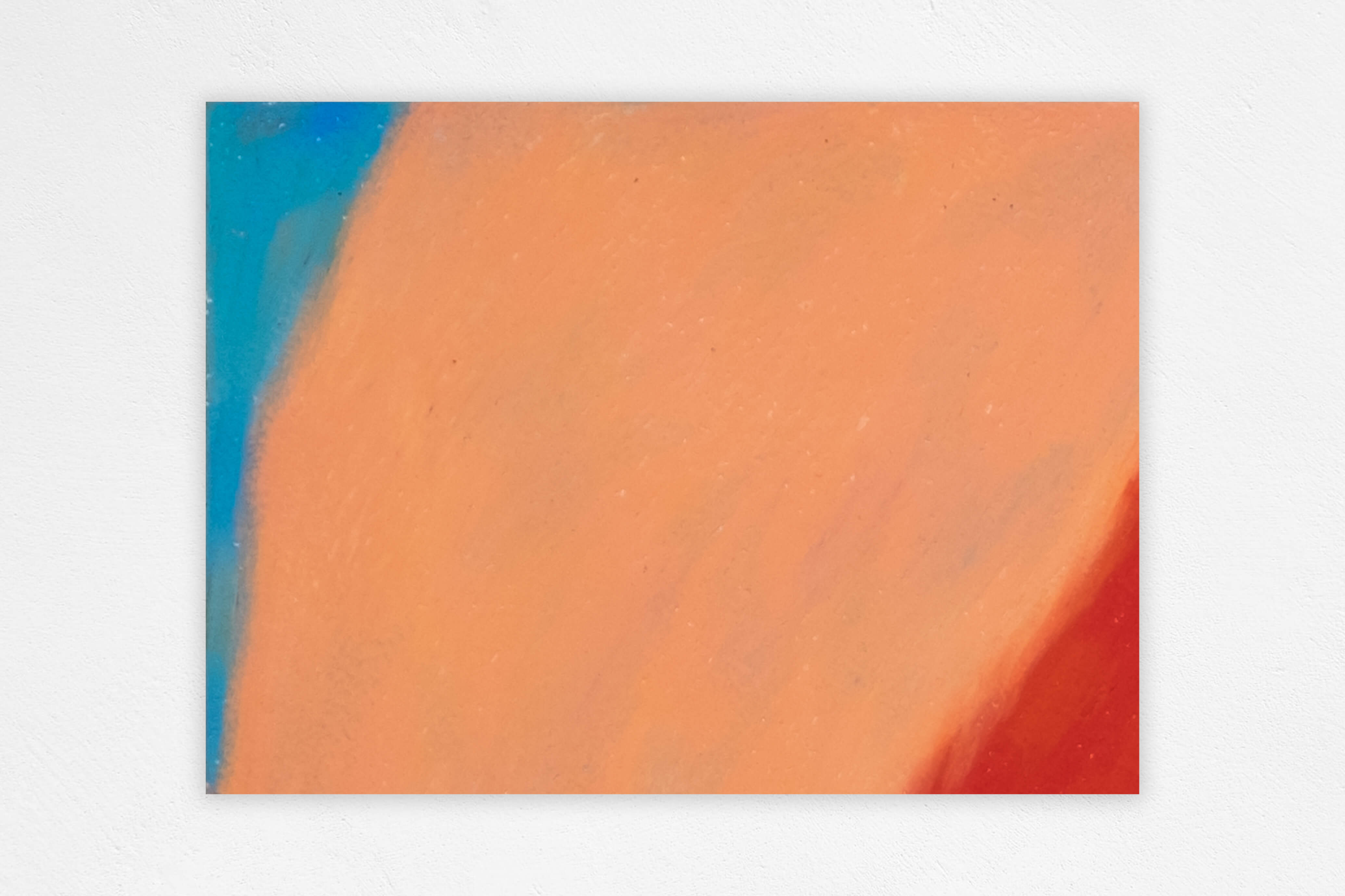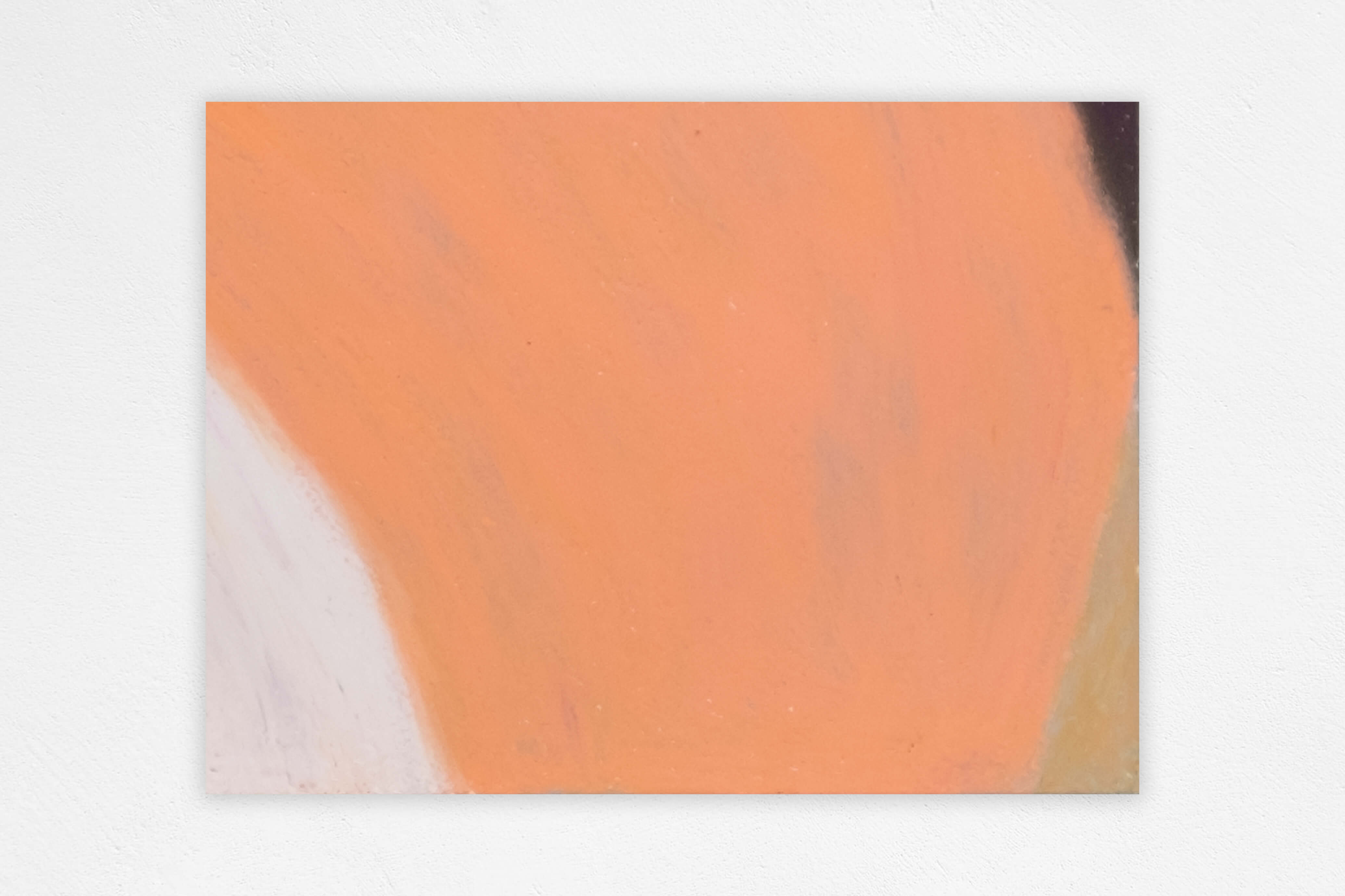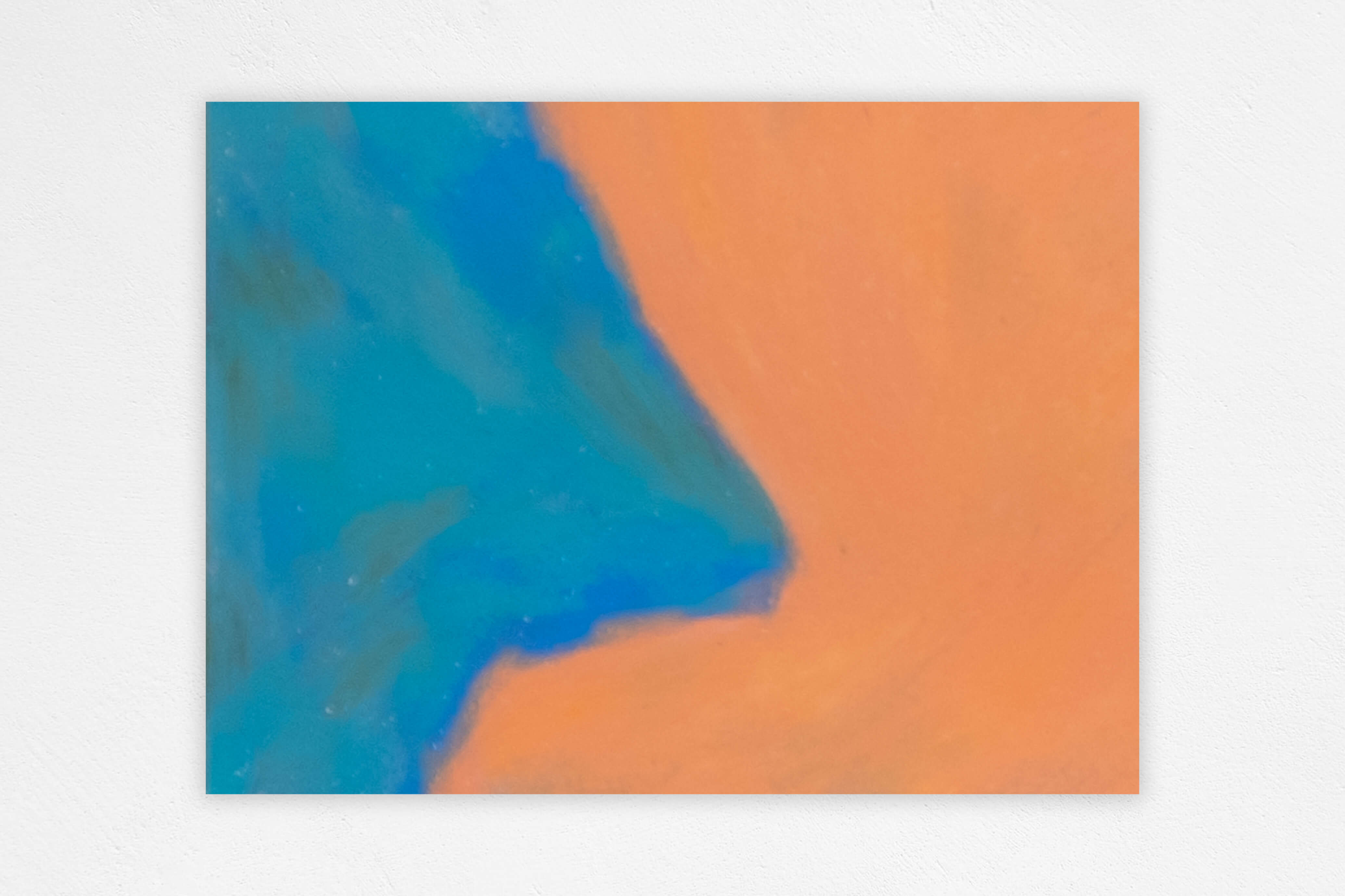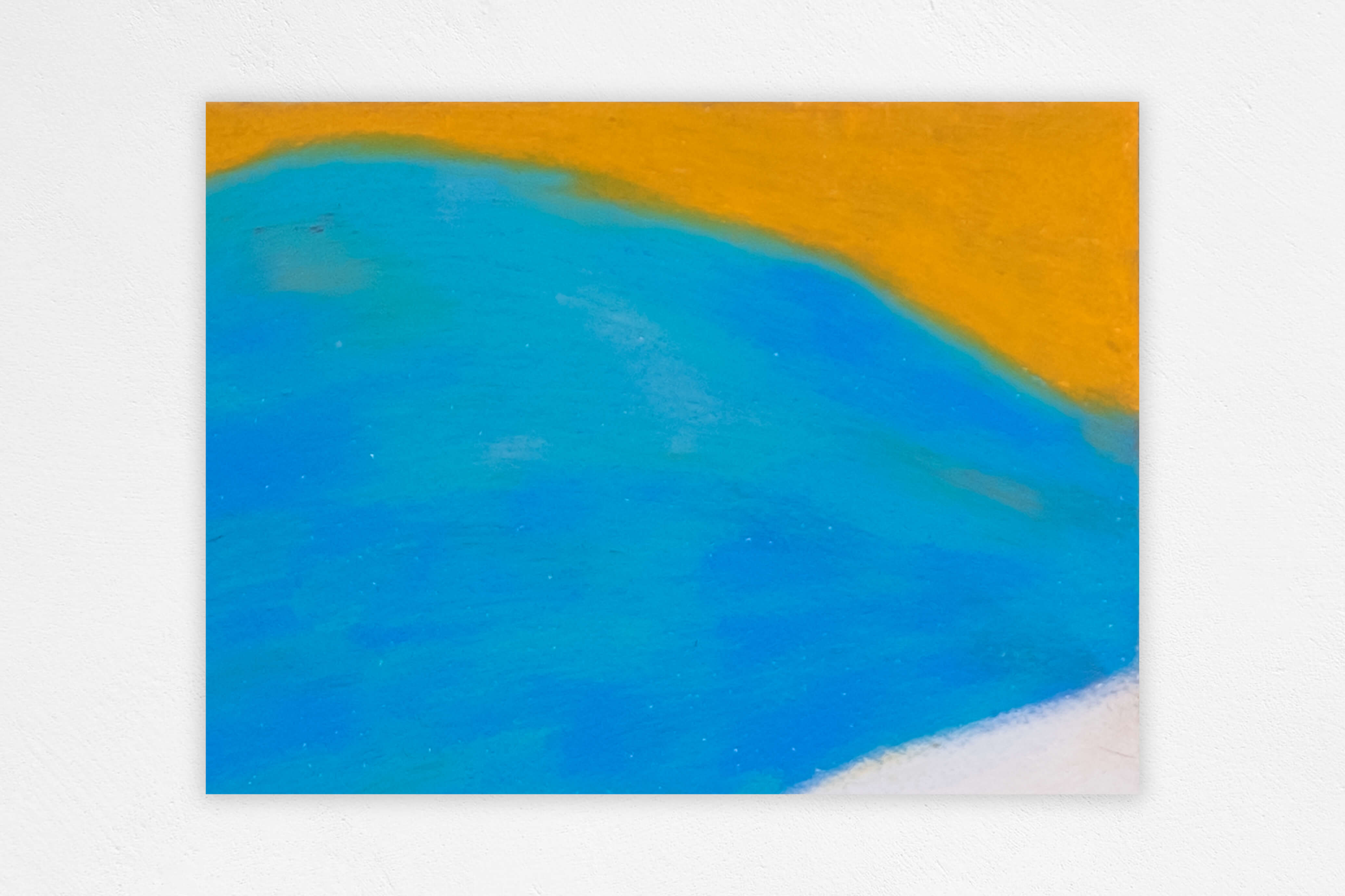NEBULA /
Postcards From Space
2020
A nebula (Latin for 'cloud' or 'fog', pl. nebulae, nebulæ or nebulas) is an interstellar cloud of dust, hydrogen, helium and other ionized gases. Originally, the term was used to describe any diffused astronomical object, including galaxies beyond the Milky Way.
Most nebulae are of vast size; some are hundreds of light-years in diameter. Although denser than the space surrounding them, most nebulae are far less dense than any vacuum created on Earth – a nebular cloud the size of the Earth would have a total mass of only a few kilograms. Many nebulae are visible due to fluorescence caused by embedded hot stars, while others are so diffused that they can be detected only with long exposures and special filters. Nebulae are often star-forming regions.
In these regions, the formations of gas, dust, and other materials ‘clump’ together to form denser regions, which attract further matter, and eventually will become dense enough to form stars.
The remaining material is then believed to form planets and other planetary system objects.
Most nebulae are of vast size; some are hundreds of light-years in diameter. Although denser than the space surrounding them, most nebulae are far less dense than any vacuum created on Earth – a nebular cloud the size of the Earth would have a total mass of only a few kilograms. Many nebulae are visible due to fluorescence caused by embedded hot stars, while others are so diffused that they can be detected only with long exposures and special filters. Nebulae are often star-forming regions.
In these regions, the formations of gas, dust, and other materials ‘clump’ together to form denser regions, which attract further matter, and eventually will become dense enough to form stars.
The remaining material is then believed to form planets and other planetary system objects.
Nebula, 2020
Complete series (36 artworks)W 155 x H 115 mm
Wax-crayons on Archer 300g watercolour paper, clear fixative
Nebula, 2020
Complete series (36 artworks)W 155 x H 115 mm
Wax-crayons on Archer 300g watercolour paper, clear fixative
Complete series (36 artworks)
Wax-crayons on Archer 300g watercolour paper, clear fixative

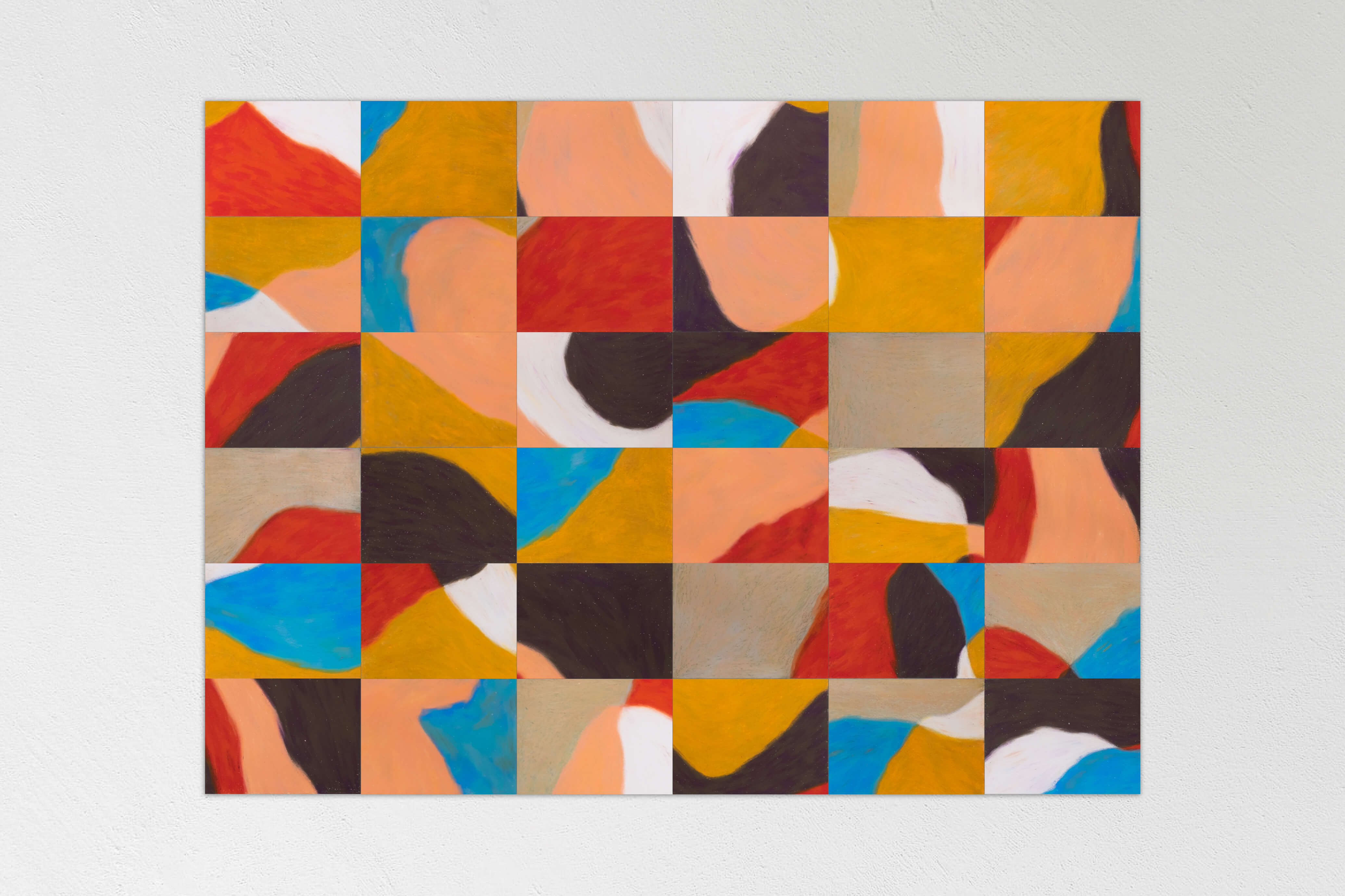
Nebula, 2020
Individual drawingsW 155 x H 115 mm
Wax-crayons on Archer 300g watercolour paper, clear fixative
Nebula, 2020
Individual drawingsW 155 x H 115 mm
Wax-crayons on Archer 300g watercolour paper, clear fixative
Individual drawings
Wax-crayons on Archer 300g watercolour paper, clear fixative

